Travel Tips
Useful information before you travel
Climate & Clothing
The climate of Ethiopia makes it possible to travel in this country throughout the entire year; the time of our visit ought to be depending upon the region which we are visiting and the purpose of our trip.
In Addis Ababa and in the North of the country, there are two occurring seasons of the year: the dry one (October – May) and the rainy one (June – September). In the South, in the Valley of the River Omo, it is different – it usually rains in April and May. Afterwards, a dry summer follows, and further precipitation, not so abundant any more, is in October. In the North of the country and in the Valley of the River Omo to an equal extent, rains do not make it impossible to go sightseeing, as it was the case once upon a time when the absence of roads used to make it difficult to move around the country.
The temperatures are favorable throughout the entire year. In the northern part of the country and in the capital city, due to the altitude exceeding 2000 meters above the sea level, the temperature is approximately 20 degrees Celsius during the day. In the South, it is hot and dry, as it befits the heart of Africa; in July and August. It is frequent for the temperature to reach more than 30 degrees Celsius.
Thus, tourists can bring in clothing that feet are to their place of visit with in Ethiopia; most recent climate information can be obtained from Ethiopian metrology. In addition, detail tourist related map of Ethiopia can be obtained from the country Mapping Agency.
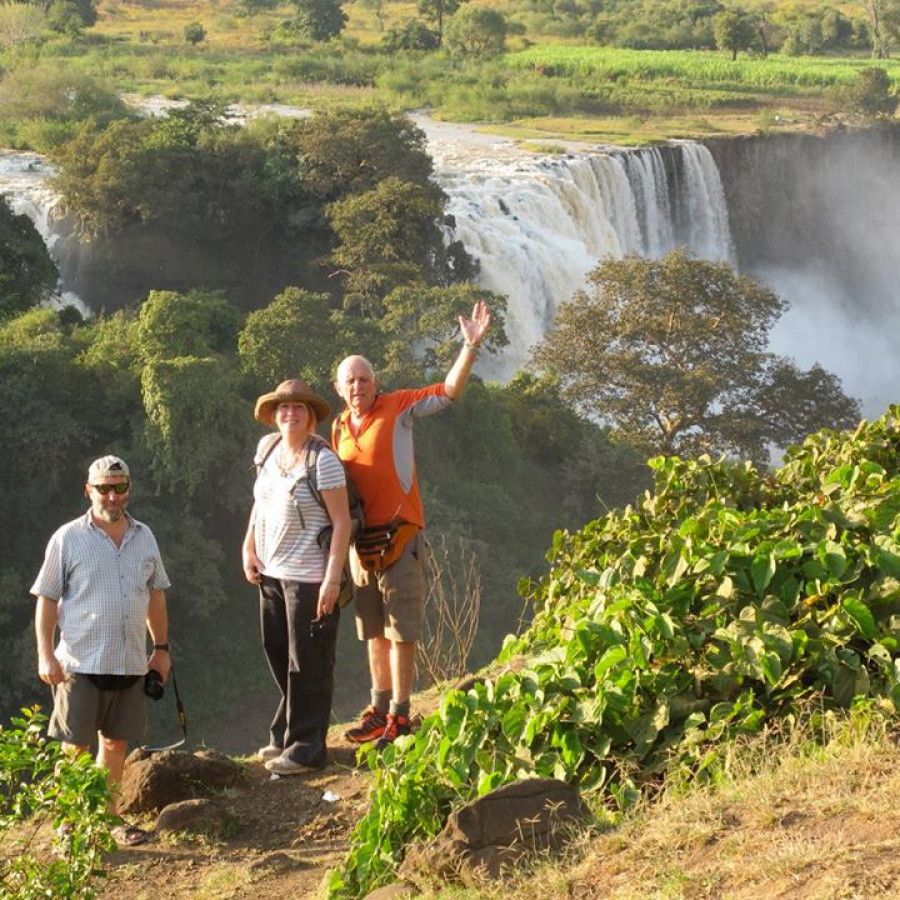

Time
In Ethiopia, the day is divided into 12 hours of day and 12 hours of night. Six o’clock in Ethiopia is 12 o’clock (midday) of Central European time.
In international contacts, and in places popular with tourists, Ethiopians use our measurement of time. Ethiopia is in the GMT + 3 hours time zone. Ethiopia follows the Julian calendar, a country having 13 months in a year meaning 12 months each having equal 30 days and the 13th months named Pagume usually have five days and once 4 years will have 6 days.

Language
The three main languages – Amharic (official), the Tigrai and Oromo languages, in fact as the nation have more than 80 nations and nationalities different language is spoken in Ethiopia. The most popular foreign language – English
Accommodation
During your Ethiopia photography tour accommodation will generally be in good quality lodges and hotels.
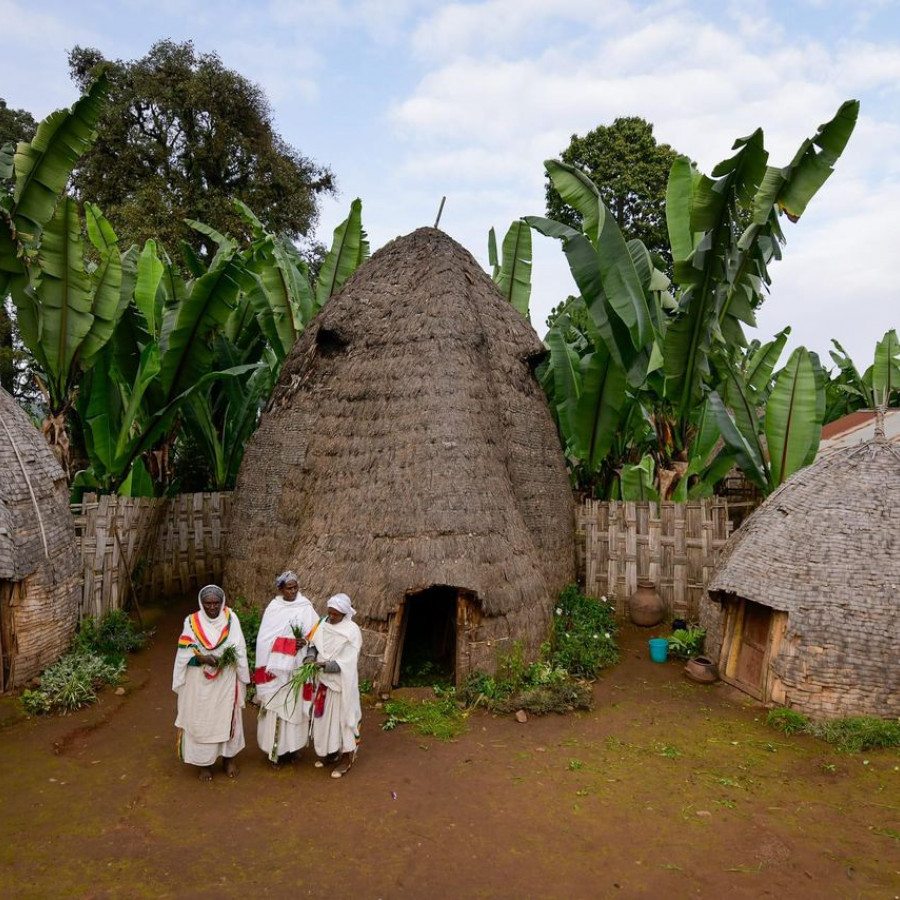
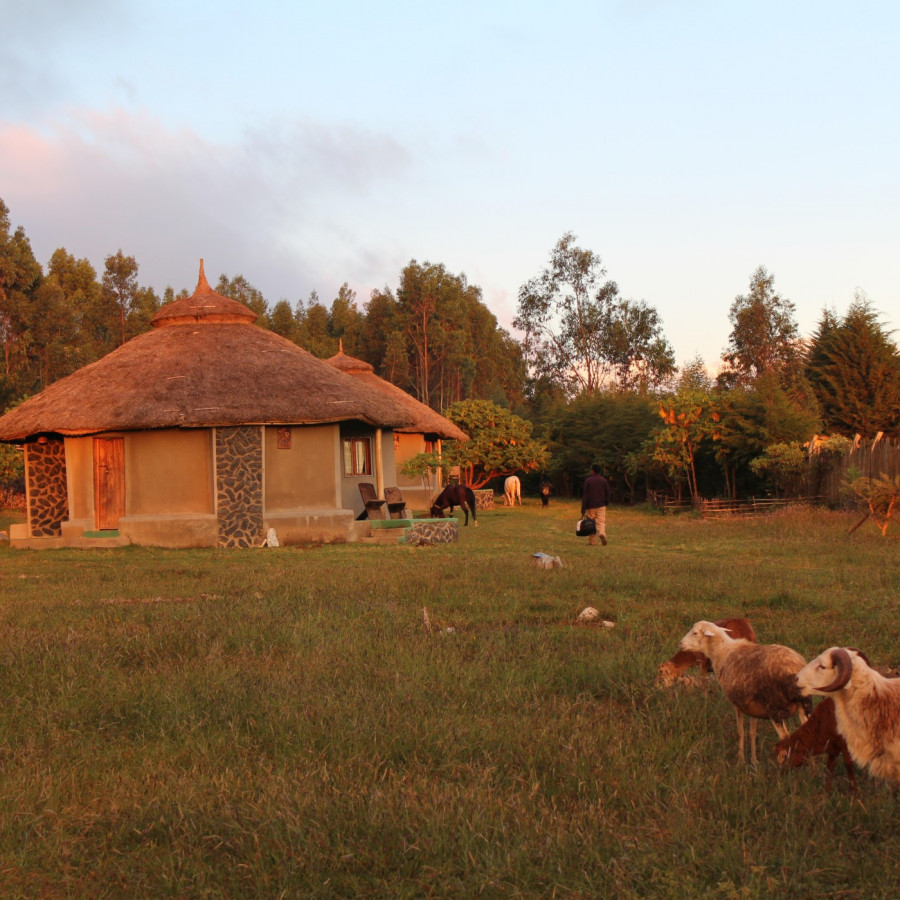
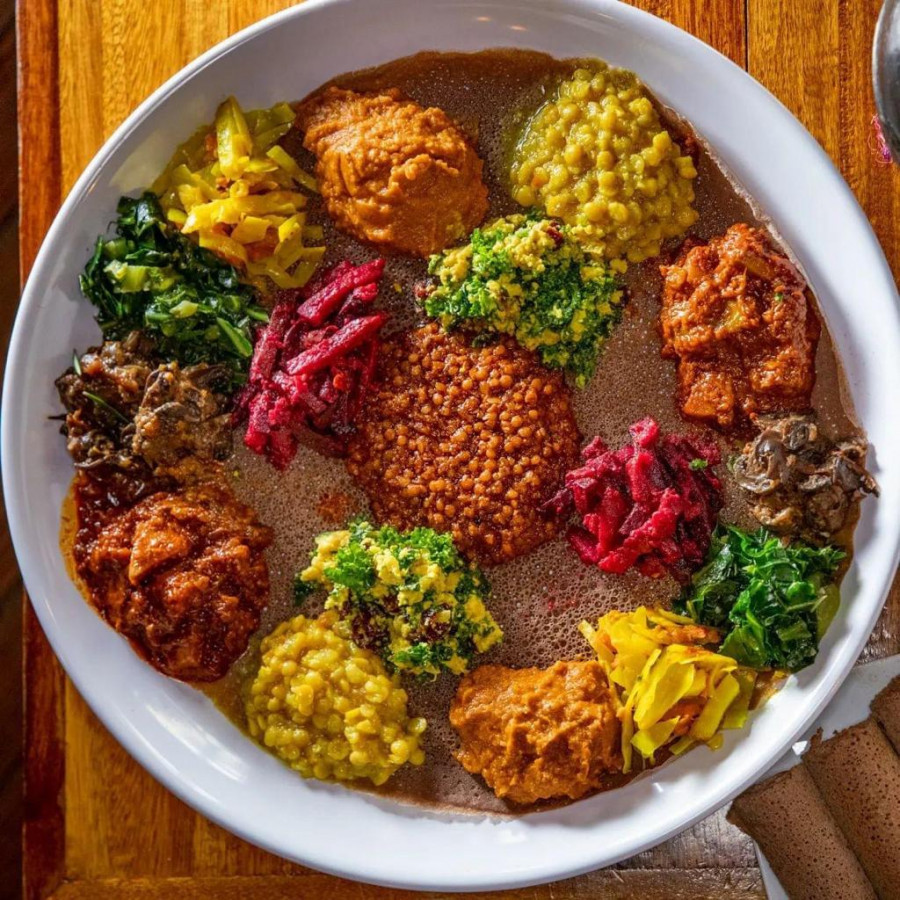
Cuisine / Meals
Ethiopia is a Home to the African Union, various United Nations departments, expats and foreign NGOs, Addis Ababa is very much an international city and visitors can enjoy all types of cuisine. Ethiopian food is distinctive and delicious, befitting a remarkable country with a cultural heritage that stands out from the rest of Africa. While the cuisine of Ethiopia is becoming better known, it still remains something of a secret.
Meal Etiquette
- Most traditional Ethiopian food is eaten with the hands; this is done by tearing off a piece of injera and using it to pick up a morsel of food.
- Traditional meals are eaten from a communal plate about the size of a pizza pan.
- Eat with your right hand - the left is considered unclean and therefore you should avoid using it if you can.
- Always wash your hands before and after the meal. Sometimes a server will bring a basin and pitcher of water with soap to the table.
- The gursha is a gesture when a person will carefully place a morsel of food directly into your mouth. It is a gesture of respect and friendship.
- Allow any elders to begin eating before you do. If you are the oldest present, Ethiopians will patiently wait until you begin to eat.
Kindly inform us ahead of time for any dietary restrictions/requirements you may have.
Etiquette
Ethiopian etiquette is deeply rooted in tradition and respect. To engage respectfully with Ethiopians:
- Greetings: Use the traditional Eskesta greeting with a slight bow. Show respect to elders with titles like "Ato" and "Woizero."
- Hand-Feeding: Sharing food is a sign of respect. Hand-feeding, especially during meals with injera, is common.
- Remove Shoes: When entering homes, remove your shoes as a sign of respect for cleanliness.
- Gifts: Small gifts are appreciated and symbolize goodwill.
- Language: Learning basic Amharic phrases can help in meaningful interactions.
- Religious Respect: Respect religious customs when visiting churches and mosques.
- Modest Dress: Dress modestly, covering shoulders and wearing longer attire, especially at religious sites.
- Patience: Be flexible with time; schedules can be fluid.
Following these customs will enhance your interactions and show your respect for Ethiopian culture.
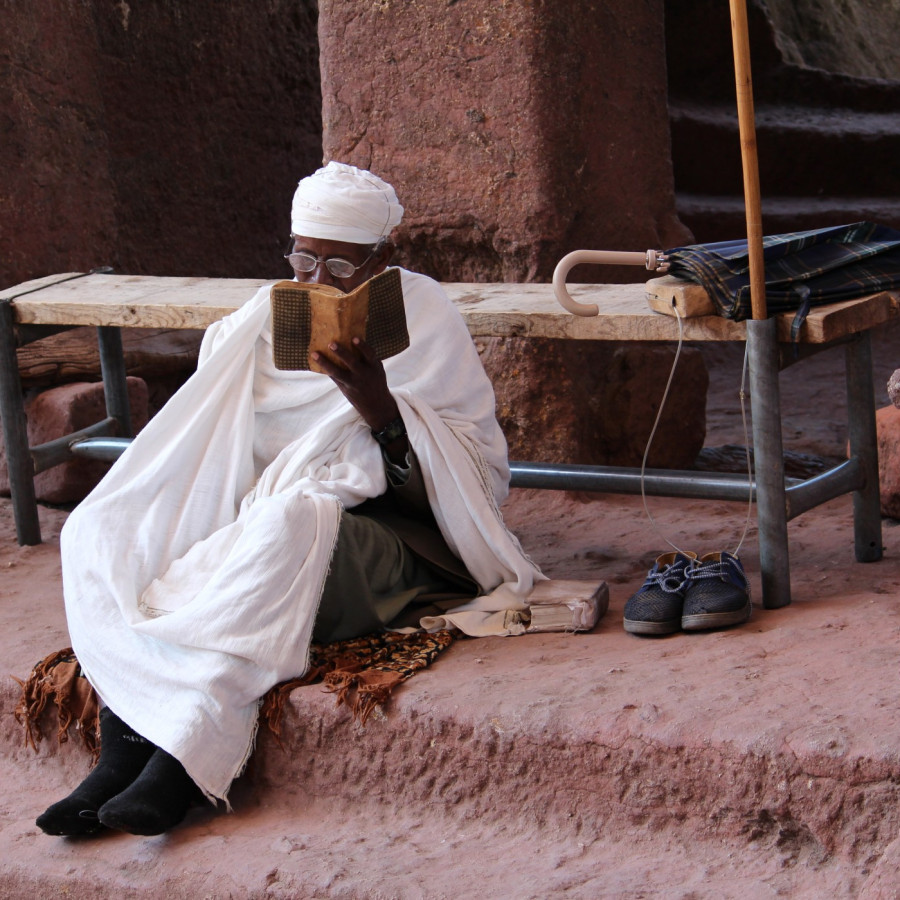
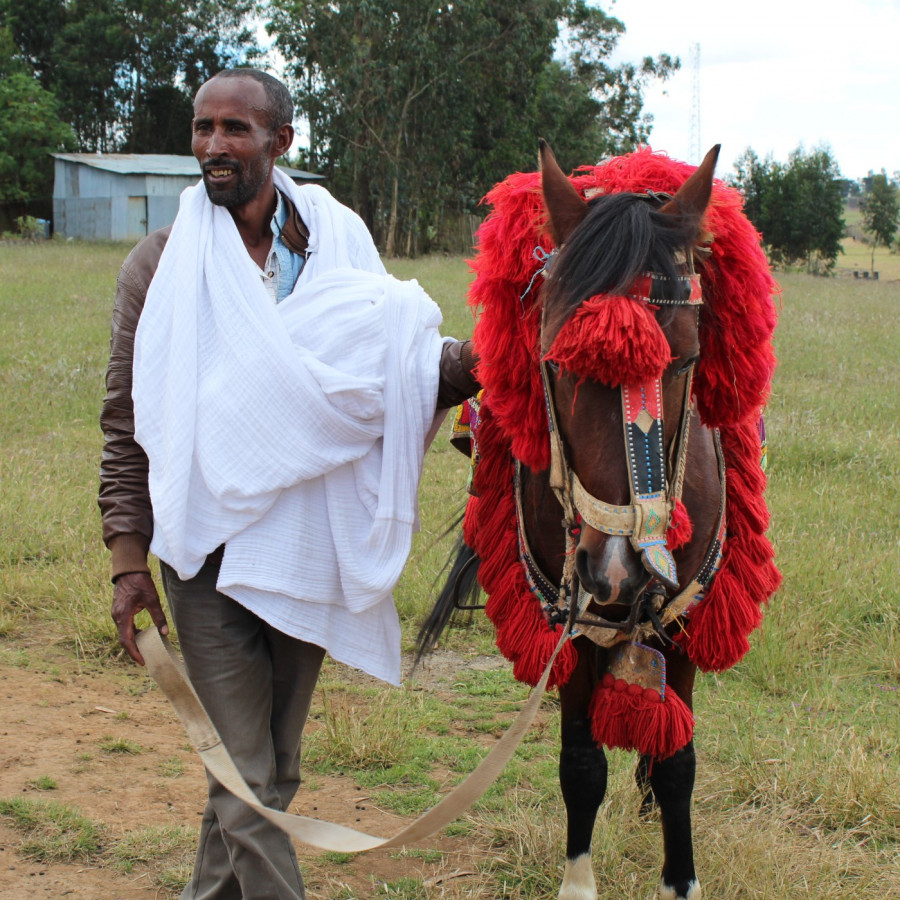

Photography Tips & Etiquette
Coming soon! If you have questions in the meantime, send us an email.



